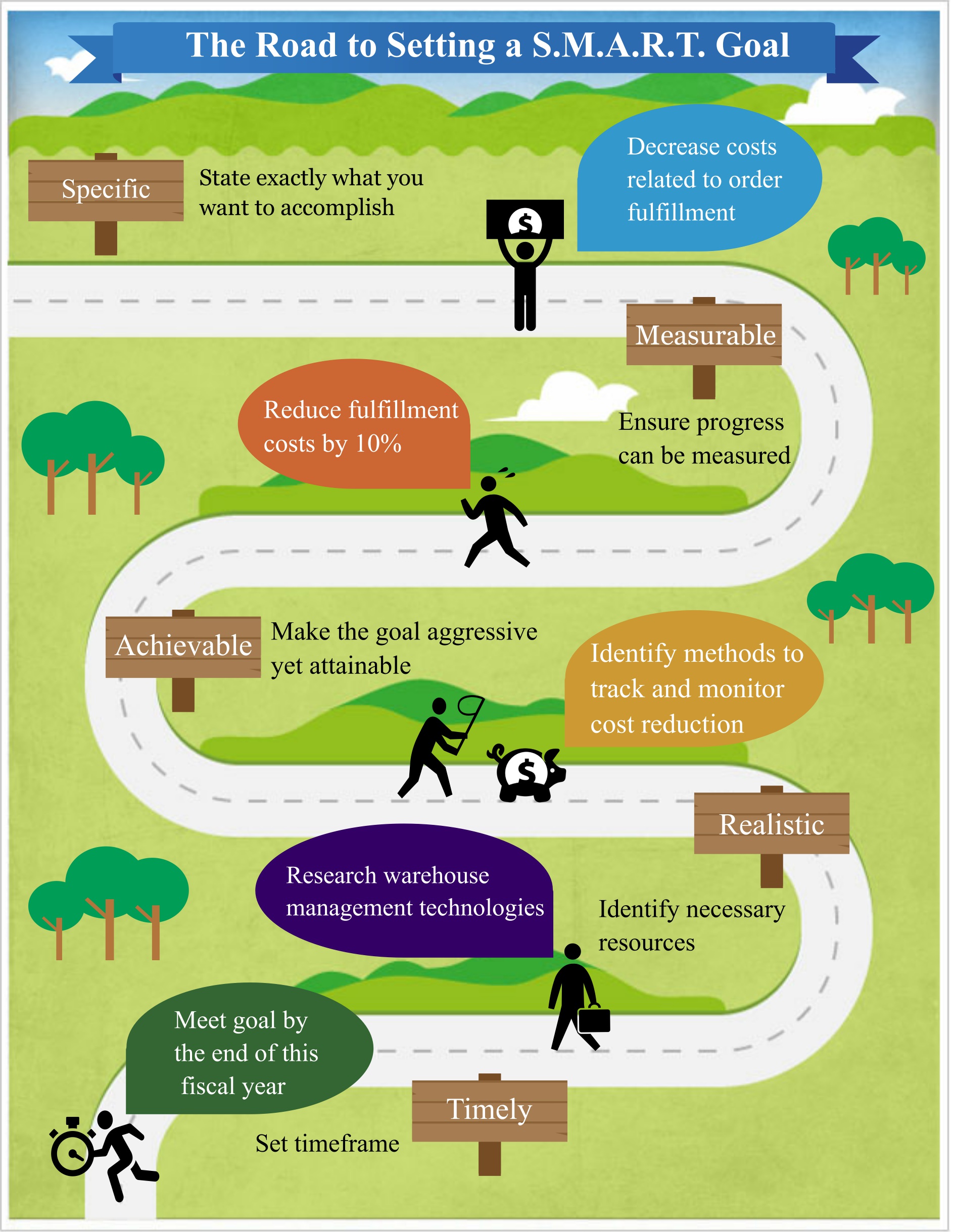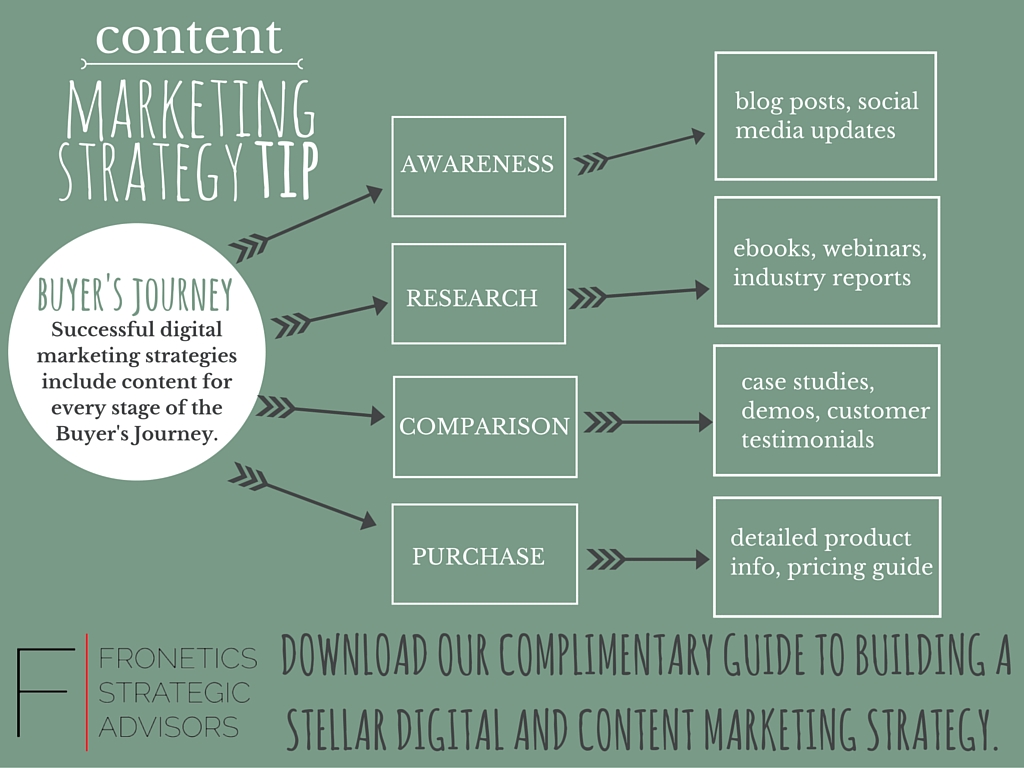
by Fronetics | Oct 29, 2015 | Blog, Leadership, Logistics, Strategy, Supply Chain
 We know that with the increasing growth of cyber-hacking and data breaches, investing in IT asset disposition (ITAD) is a growing necessity for companies. It is critical to ensure the safety of a company’s confidential live and stored data on all of its assets, ranging from computers, phones, servers, and hard drives. If breached, a company’s reputation, consumer base, finances and future viability are all at risk. What happens to data and technological gear after it is retired can be equally as critical as the current live data and in-service equipment. Proper disposal is not only important to the integrity and success of the company, its partners, and clients, but it may also protect the environment. While some sectors have strict regulations and requirements regarding ITAD, others do not, but whatever the case, the ethical obligation is huge.
We know that with the increasing growth of cyber-hacking and data breaches, investing in IT asset disposition (ITAD) is a growing necessity for companies. It is critical to ensure the safety of a company’s confidential live and stored data on all of its assets, ranging from computers, phones, servers, and hard drives. If breached, a company’s reputation, consumer base, finances and future viability are all at risk. What happens to data and technological gear after it is retired can be equally as critical as the current live data and in-service equipment. Proper disposal is not only important to the integrity and success of the company, its partners, and clients, but it may also protect the environment. While some sectors have strict regulations and requirements regarding ITAD, others do not, but whatever the case, the ethical obligation is huge.
The Cost of Hacking and Breaches
Akamai Technologies’ State of the Internet report showed that “hacker attacks on websites went up 75% in the final quarter of 2013, with hackers in China responsible for 43% of all attacks.” More recently, in 2014 the Cost of Cyber Crime Study was conducted by Ponemon and sponsored by HP. It found that crimes are more expensive, happen more frequently, and require more time to resolve than ever. It also found that crimes happened across various sectors (see below).
2014 Cost of Cyber Crime Study
- The average annualized cost of cyber crime was $12.7 million, with a range of $1.6 million to $61 million; an increase of 9 percent or $1.1 million over the average cost reported in 2013.
- There are an average of 138 successful attacks per week, compared to 50 attacks per week when the study was initially conducted in 2010.
- The average time to detect a malicious or criminal attack by a global study sample of organizations was 170 days. The longest average time segmented by type of attack was 259 days, and involved incidents concerning malicious insiders. The average time to resolve a cyber attack once detected was 45 days, while the average cost incurred during this period was $1,593,627 – representing a 33-percent increase over last year’s estimated average cost of $1,035,769 for a 32-day period.
ITAD: A Growing Business
According to TMR as reported in IT: Connect and Expand, the ITAD market will expand to $41 billion by 2019 on 141 million tons of used equipment. With the heavy responsibility that goes with ITAD in terms of proper wiping, disposal, reusing and recycling, more companies are working with 3rd-party service providers who specialize in ITAD. According to Business Wire 65 percent of companies larger than 10,000 workers, and up to one third of all businesses, are turning to 3rd-party service providers to manage end-of-life assets.
What if something goes wrong?
It makes sense with the increase of cyber crime that there would be cyber insurance. This may be one solution to protect yourself, however, according to observations made on the site Dark Reading, “cookie-cutter” cyber insurance might not be everything you need.
This post originally appeared on Electronics Purchasing Strategies.
You may also like:

by Fronetics | Oct 28, 2015 | Blog, Consumer Electronics, Data Security, Data/Analytics, Logistics, Strategy, Supply Chain

When it comes to IT Asset Disposal here are 5 must-ask questions for third-party providers.
When the industry thinks of data breaches it raises the specter of a savvy hacker lurking very far, and yet very close, intermingling with a larger organization of internet criminals, breaking into our technology and gathering most private information: credit card and bank account details, social security numbers, and personal health and income data. The recent breaches at Anthem insurance and the retail giant Target make users worry about the trail they leave when they swipe a card or populate a form with personal information. This is how individuals think identities might be exposed. Individuals often don’t think about what happens when a company retires old servers, computers, printers, copiers, and scanners. What happens to confidential data? This is something businesses must think about.
ITAD
Receipt, processing, destruction and disposal of hardware and software are a necessary and growing business. The Blumberg Advisory Group’s 2014 ITAD Trends Report shows that data security is the number one reason why companies implement an IT asset disposition (ITAD) strategy. News reports highlight examples of sensitive data being found on retired assets, frompersonal photos and information to matters of national security. The costs associated with data breaches and with the improper disposal of IT assets are great. They include financial implications such as penalties, the loss of customer loyalty, and the tarnishing of one’s reputation. To mitigate risk, asset recovery management is critical to companies operating in today’s global supply chain.
According to Transparency Market Research (TMR) as reported inElectronics Purchasing Strategies, ITAD represents an estimated $9.8 billion handling 48 million tons of discontinued or excess technology gear. According to TMR, by 2019 the predicted market will grow to $41 billion made on 141 million tons of used equipment. Concerns about data security have resulted in companies becoming more aware of the need for ITAD and the need to budget for it. In 2014, 87 percent of companies reported having an ITAD budget; 38 percent more than in 2012.
Outsourcing this complex work can be a necessity for many companies who don’t understand the intricacies, regulations, labor and cost of asset disposition. Electronically stored data is subject to stringent HIPAA/HITECH, FACTA, SOX, GLB, and FERPA regulations, complicating responsible disposal. Secure and thorough “wiping” of data is critical, and the environmental impact of retired assets is also a vital concern.
More and more companies, 65 percent of companies larger than 10,000 workers and up to one third of all businesses, are turning to 3rd-party service providers to manage end-of-life assets. The factors seen as most important in selecting a 3rd-party service provider include: adoption of industry-recognized compliance standards (97 percent); a well-documented and enforced chain of custody (95 percent); and high-quality, thorough client reporting (95 percent).
Reduce, Reuse, Recycle
ITAD is expensive and it can be risky. It is, therefore, important to find a 3rd-party service provider who can ensure as much safety and security as possible. Many ITAD companies have a split business model working with upstream partners to collect and process retired material, then turning to downstream partners who are looking to purchase used technology gear. Given this model, your server could be someone else’s server one day. Ensuring proper receipt and processing is critical.
Must-Ask Questions
These are must-ask questions businesses should ask 3rd-party providers before hiring them. Be certain these questions are answered thoroughly and confidently.
1. What is your specialization?
2. Is there uniformity in the process?
3. Who would manage our relationship?
4. How flexible are your operations?
5. What if something goes wrong?
Companies operating in today’s global supply chain need to take the necessary steps to mitigate risk when it comes to asset recovery management.
You may also like:
The importance of Asset Recovery Management in the Global Supply Chain
Content marketing ROI for reverse logistics companies
This article was originally published on Electronics Purchasing Strategies.
![Supply Chain: 4 Essential Year End Questions to Ask Yourself [Infographic]](https://www.fronetics.com/wp-content/uploads/2024/10/supply-chain-year-end-questions-900x675.jpg)
by Fronetics | Oct 27, 2015 | Blog, Data/Analytics, Leadership, Strategy, Supply Chain

As the new year approaches, don’t overlook the valuable information you can glean from conducting a year-end review.
Don’t start the new year without asking these 4 essential questions.
What were my biggest accomplishments this year?
Twelve months can seem like a long time when you consider everything that happened over the course of the last 365 days. Setting aside some time to review successful projects, notes of thanks from clients, or a particularly positive performance review reminds us what we’re capable of achieving and gives us a renewed sense of accomplishment.
Try this: Designate a file folder near your workspace to collect any materials or notes related to your successes as they occur. Doing so will make it easier for you to recall your accomplishments and provide quick access to a list of your achievements – helpful for a healthy dose of motivation or last-minute performance reviews.
How satisfied are you with the past year?
Were you successful in meeting the majority of your goals? Do you feel that you worked to your highest potential? Would you have done something differently? What about missed opportunities? Examining what went right and identifying areas for growth and opportunity are powerful exercises that both prevent the recurrence of negative behaviors and reinforce our commitment to priorities.
Try this: Thinking about your experiences of the past year in sum, try to assign a value to your entire year. How would you rate your year on a scale from 1 to 10? 1 to 100? Why? Adding some context to your experiences presents a more accurate picture of your year by tempering unusual highs and lows.
Is my current daily routine structured to make time for my priorities?
It’s easy to fall victim to time suckers, especially when they become ingrained into your routine. Has your daily 15 minute coffee break gradually morphed into 25 minutes? Are your 10 minute “headline scans” now closer to 30 minutes? These small, seemingly innocent extensions can snowball into major time loss, causing unnecessary panic as you scramble to meet deadlines.
Try this: The start of a new year is a great time to reset (or rethink) our daily routines. Build activities into your day. If you’d like to continue your now-daily 25 minute coffee break, think about extending your work day by 25 minutes. Feeling like you can’t absorb everything news-worthy in less than 30 minutes? Set your morning alarm 30 minutes earlier so you can arrive to work having already completed your scan of daily headlines. By taking a hard look at where your time is actually going and then spending a few minutes realigning your daily routine with your priorities, you’re intentionally and consciously assigning time to the things you find the most important.
What is it that I want to achieve next year?
Each new year brings with it a renewed energy to being our best selves. In order to get started, we need to define our priorities and what our success will look like. Setting SMART goals, or goals that are specific, measurable, achievable, realistic, and timely, keeps us moving forward by providing accountability.
Try this: After reviewing your past year, set aside some time to consider what you’ll set out to achieve this year. Create a detailed roadmap to successful completion of your goals.
Use this infographic to help you set, and achieve your SMART goals.

How was your year in review? What were your biggest accomplishments? Are there any goals that you’ll carry over into the new year? Do you regularly set aside time at the close of a year to reflect? We’d love to hear what you do to reset for a new year.
Fronetics Strategic Advisors is a leading management consulting firm. Our firm works with companies to identify and execute strategies for growth and value creation.
We advise and work with companies on their most critical issues and opportunities: strategy, marketing, organization, talent acquisition, performance management, and M&A support.
![How to create an effective content strategy [Template]](https://www.fronetics.com/wp-content/uploads/2024/10/content-strategy-1024x675.jpg)
by Fronetics | Oct 26, 2015 | Blog, Content Marketing, Marketing, Strategy
With 3 out of 4 marketers across the globe prioritizing content marketing, producing unique content to attract and convert website visitors can be tough. From social media to blog posts to ebooks and webinars, buyers are accessing your content through a myriad of channels. The amount and frequency of content to create can be dizzying. Fortunately, by starting with a solid strategy you can assure your content flows freely and your marketing content stands out.
One key element of any successful content strategy is mapping your buyer’s journey. Considering the path of purchase of current customers can give you valuable insight into the stages that a lead goes through before becoming a customer. Typically, buyers follow a track that looks something like this: awareness, research, consideration, and purchase. Knowing your buyer’s journey can inform your decisions about what kinds of content will resonate with your prospects and which channels of distribution will be most successful connecting them to your content.

Of course, just mapping out your Buyer’s Journey won’t lead to content marketing success. It’s certainly important, but it should be one component in your overall strategy. Start building a comprehensive content strategy that includes goal setting, developing buyer personas, setting keywords, and brainstorming content topics by using our free Content Strategy Template. You’ll be well on your way to creating great content and attracting even better leads.

You may also like:
Fronetics Strategic Advisors is a leading management consulting firm. Our firm works with companies to identify and execute strategies for growth and value creation.
We advise and work with companies on their most critical issues and opportunities: strategy, marketing, organization, talent acquisition, performance management, and M&A support.

by Fronetics | Oct 22, 2015 | Blog, Leadership, Strategy, Talent

Do we need to rethink the concept of happiness at work?
Do you like your job? It can be a complex question to answer when everything is taken into account. For some people that question is comprised of several other questions, many of which have different answers: If I could do anything with my life would I be working this job? Is this job my passion? Would I work as many hours if I didn’t have to? Do I feel productive? Is my work/life balance ok? Am I happy?
On average, Americans put in about 1,700 hours a year, which is much more than the French and Germans, but much less than the Koreans or Singaporeans. For Americans, this breaks down to 34.4 hours a week considering vacation time and holidays, however many adult, full-time employees report working more than 34 hours week. According to a Gallup poll, 4 in 10 workers reported putting in 50+ hours per week. So are all these hours bringing us happiness? First, let’s have a look at what happiness is.
People have always had a lot to say about happiness. Artistotle said, “Happiness depends upon ourselves.” Albert Camus said, “You will never be happy if you continue to search for what happiness consists of. You will never live if you are looking for the meaning of life.” The Dali Lama says, “Happiness is not something ready made. It comes from your own actions.” What is certain is that we seem to have a happiness obsession. We want it, we seek it, we’re told we need it so we believe we need it.
Harvard psychologist, Dan Gilbert, believes that happiness is not always entirely in our control and not entirely out of our control, and sometimes we feel it and sometimes we don’t. That’s ok, he says. In a TED Talk on happiness he says, “Happiness doesn’t last that long. Happiness is an emotion — it’s a feeling. The human brain isn’t built to sustain a feeling over the long term…Your emotions are a compass. They’re telling you which direction to go in. When you feel bad you turn left, you try something different in your life. When you feel good you keep on marching in the direction you’re going. What good would a compass be if it were perpetually stuck on north?”
So if we can’t feel happy all the time, and we don’t need to feel happy all the time, then why are we told we should feel happy all the time? Workplaces have been increasingly focused on employee happiness. Several studies have shown that happy employees are more productive and more loyal. Even tycoon Richard Branson is on board with this idea, “Your employees are your company’s real competitive advantage. They’re the ones making the magic happen—so long as their needs are being met.” How can the Virgin god be wrong?
A new article in the Harvard Business Review has gathered many studies and theories opposing the contemporary idea that happiness in the workplace is the key to success. The authors point to studies that show that people fail to feel happy when they are expected to be happy, that people can become emotionally vulnerable and needy when they expect their workplace to fulfill their happiness, that people may be more selfish when happy, and that people who value happiness often feel lonelier. The studies also pointed out that angry employees were better at negotiating than happy employees and better at intuiting actions of deception.
Perhaps our thinking about happiness needs to shift. Perhaps we don’t need employees bounding around the office with endless smiles. Perhaps the expectation we have for employees to be happy, and employers to be responsible for that happiness, is all too much. According to Dr. Vanessa Boute, a social psychologist, “One of the misconceptions about happiness is that happiness is being cheerful, joyous, and content all the time; always having a smile on your face. It’s not – being happy and leading rich lives is about taking the good with the bad, and learning how to reframe the bad.”
Fronetics Strategic Advisors is a leading management consulting firm. Our firm works with companies to identify and execute strategies for growth and value creation.
We advise and work with companies on their most critical issues and opportunities: strategy, marketing, organization, talent acquisition, performance management, and M&A support.

 We know that with the increasing growth of cyber-hacking and data breaches, investing in IT asset disposition (ITAD) is a growing necessity for companies. It is critical to ensure the safety of a company’s confidential live and stored data on all of its assets, ranging from computers, phones, servers, and hard drives. If breached, a company’s reputation, consumer base, finances and future viability are all at risk. What happens to data and technological gear after it is retired can be equally as critical as the current live data and in-service equipment. Proper disposal is not only important to the integrity and success of the company, its partners, and clients, but it may also protect the environment. While some sectors have strict regulations and requirements regarding ITAD, others do not, but whatever the case, the ethical obligation is huge.
We know that with the increasing growth of cyber-hacking and data breaches, investing in IT asset disposition (ITAD) is a growing necessity for companies. It is critical to ensure the safety of a company’s confidential live and stored data on all of its assets, ranging from computers, phones, servers, and hard drives. If breached, a company’s reputation, consumer base, finances and future viability are all at risk. What happens to data and technological gear after it is retired can be equally as critical as the current live data and in-service equipment. Proper disposal is not only important to the integrity and success of the company, its partners, and clients, but it may also protect the environment. While some sectors have strict regulations and requirements regarding ITAD, others do not, but whatever the case, the ethical obligation is huge.


![Supply Chain: 4 Essential Year End Questions to Ask Yourself [Infographic]](https://www.fronetics.com/wp-content/uploads/2024/10/supply-chain-year-end-questions-900x675.jpg)


![How to create an effective content strategy [Template]](https://www.fronetics.com/wp-content/uploads/2024/10/content-strategy-1024x675.jpg)



